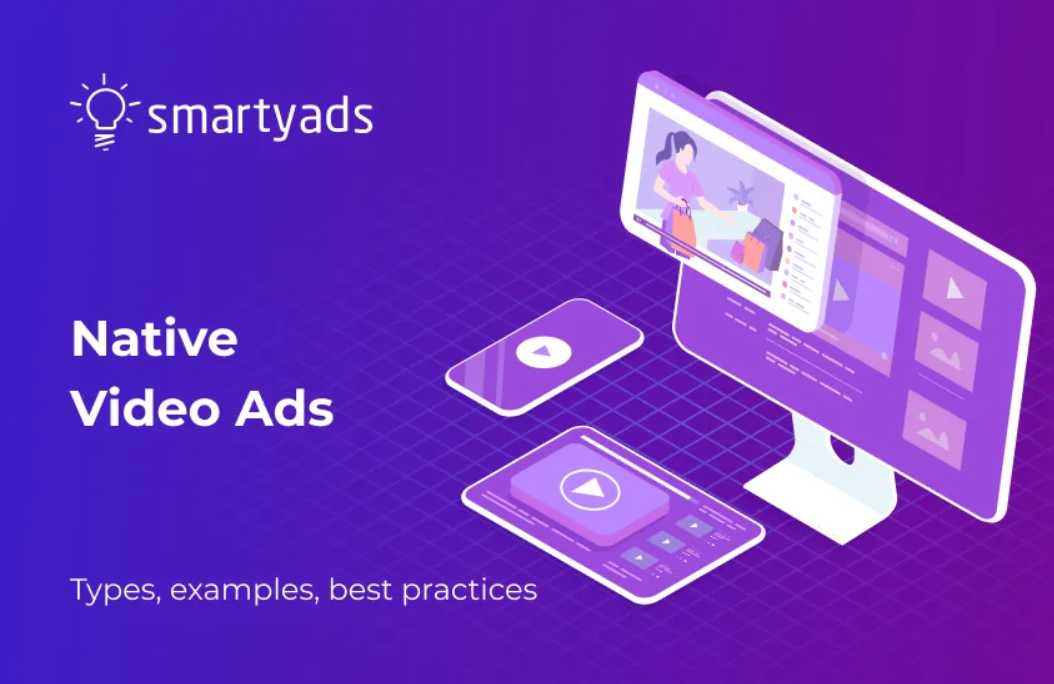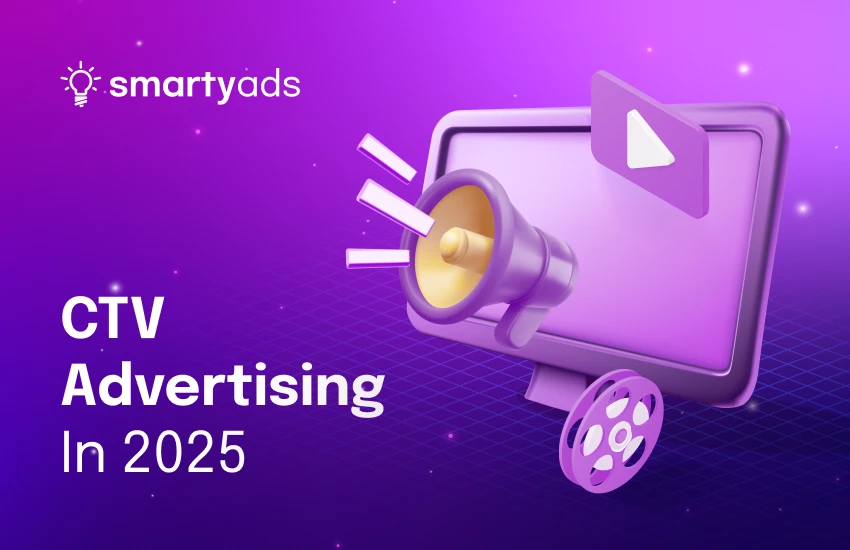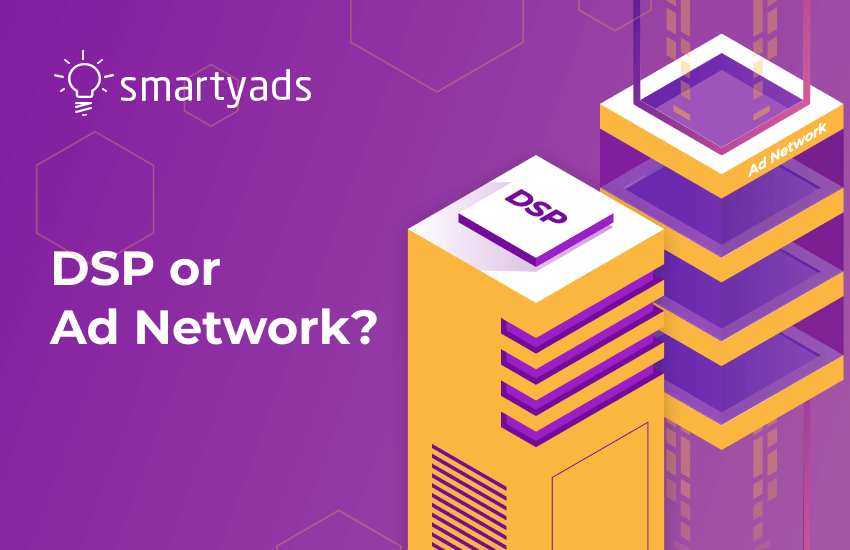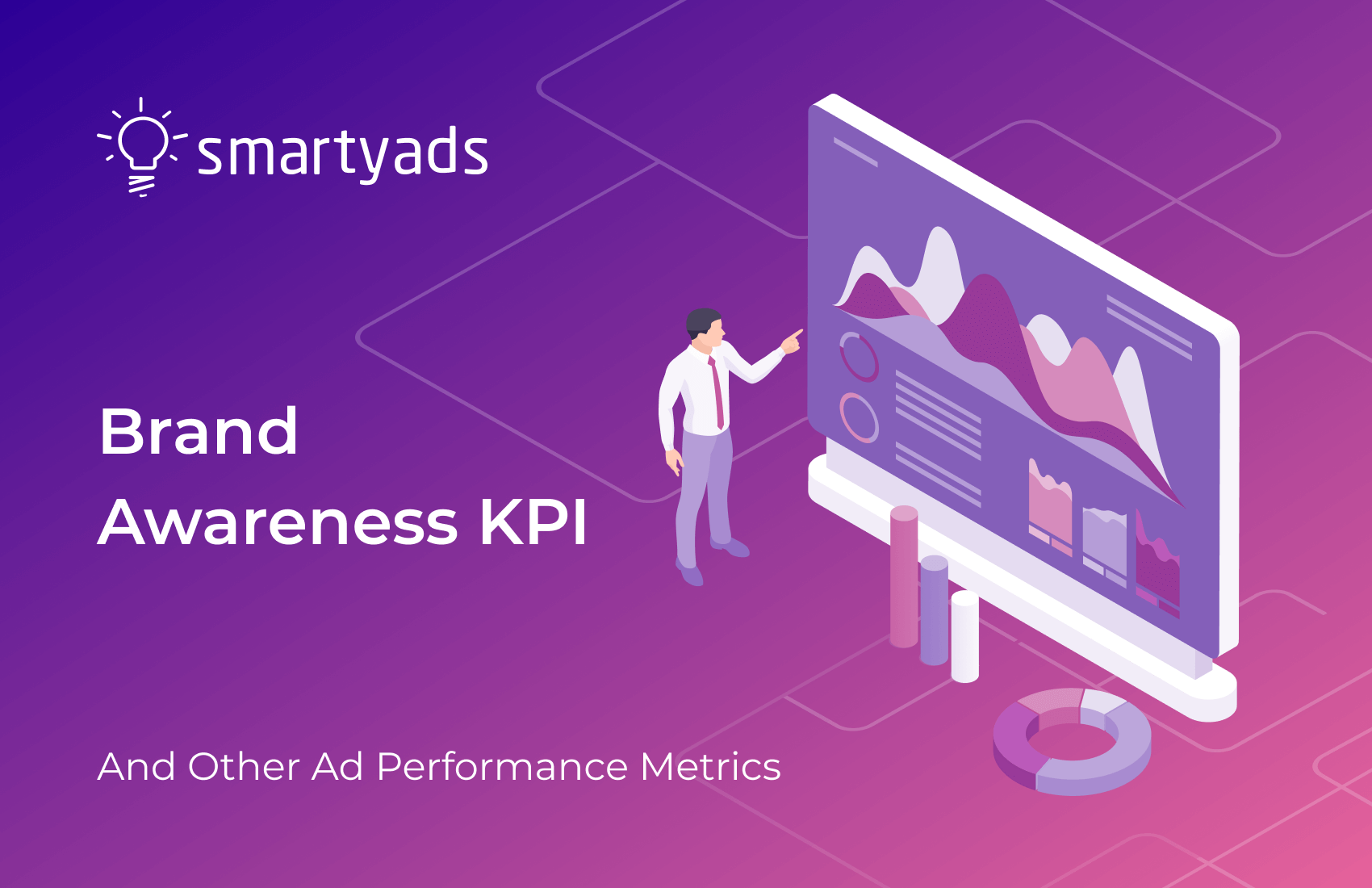Native video in advertising is on the rise and for good reason. It blends with the platform’s content, so people watch without feeling interrupted. This makes it one of the most effective ways to capture attention and build trust.
It’s especially powerful on mobile, where users naturally engage with video during their daily scrolls. Instead of skipping, they watch. Instead of ignoring, they interact.
With consumer preferences shifting more toward video every year, native formats are becoming a must-have in the advertiser’s toolkit. The brands that embrace them now will have an edge in visibility, engagement, and conversions. Let’s dive deeper into how it works and why it delivers results.

What is Native Video Advertising?
Native advertising refers to a form of advertising that blends in with the surrounding content so that it appears to be a natural part of the user's experience.
The content of native ads is designed to match the form and function of the platform or website where it appears and is often labeled as sponsored content.
Native advertising can take many forms, including articles, videos, social media posts, and static images; they are far less intrusive than traditional advertising methods.

The main purpose of native ads
The goal of native advertising is to provide a seamless, non-disruptive experience for the users while also delivering a message from the advertiser.
Native video ads, as the most popular ad formats consumed by social media users, are often used by advertisers who involve social media platforms in their promotion strategies.
In fact, video advertising and highly targeted native ads are a part of every robust marketing strategy these days. The number of video views grows on every medium as subscriptions surge.
Meanwhile, the effectiveness of finely targeted native ads is hard to underestimate:
- Native video ads have a CTR up to 8.8× higher than traditional banner ads.
- Desktop CTR: up to 0.16%, mobile CTR: up to 0.38%, compared to 0.11% for banners.
- Native video ads can drive 30% more video play clicks than other ad formats.
- 80% of consumers remember native ads better than banner ads.
- 76% of marketers report improved ROI with native advertising.
- Viewability rate: around 60%, higher than standard display ads.
- 74% of consumers find native ads less intrusive.
- 60% of consumers say native ads make brand stories more credible.
Why native video advertising is gaining popularity
It’s worth noting that native formats now account for 56% of all U.S. digital display ad spend, with video formats expected to capture 60% of native ad budgets by 2025. On a global scale, the native ad market is projected to soar to around $400 billion by the same year.
According to the recent Statista data, in the context of a rapidly expanding digital video advertising landscape, the growth potential for native video ads is underscored by impressive market projections. Global ad spending in digital video is expected to reach $207.52 billion in 2025 and climb to $267.98 billion by 2029 at a 6.6% CAGR.
The United States will lead the way with $93.88 billion in 2025, while mobile will dominate the channel mix, accounting for 82% of total spend by 2029. Connected TV is also on the rise, projected to hit $39.29 billion in 2025 and grow to $55.14 billion by 2029 (8.84% CAGR). Short-form video will be another major growth driver, surging from $111.01 billion in 2025 to $157.48 billion by 2029 (9.14% CAGR). Together, these trends signal a market environment primed for the scale, engagement, and ROI that native video ads can deliver.
Native Ads as Videos: What Types are Here?
There are different types of native video ads. Still, the most popular are pre-roll video ads, in-feed video ads, Facebook native videos, in-article ads, in-game ads, and outstream ads.
Pre-roll video ads
Those are short videos that typically appear in the middle of video consumption on YouTube. Those short YouTube commercials can appear at the beginning (pre-roll ads), in the middle (mid-roll), and at the end of the video. Avoid pre-roll ads that last more than 10 seconds. Also, make sure they have a close button.
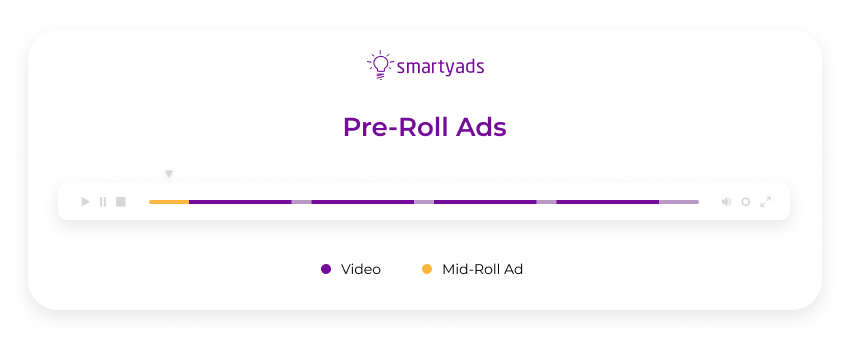
In-feed video ads
Those are commercial videos played in-feed. They appear directly in the feed of social platforms.
Those native ads are found on Facebook pages and promoted videos on Twitter. Often they appear in front of Instagram users. In-feed videos are designed to blend in with the surrounding content and appear as a natural part of the user's feed.
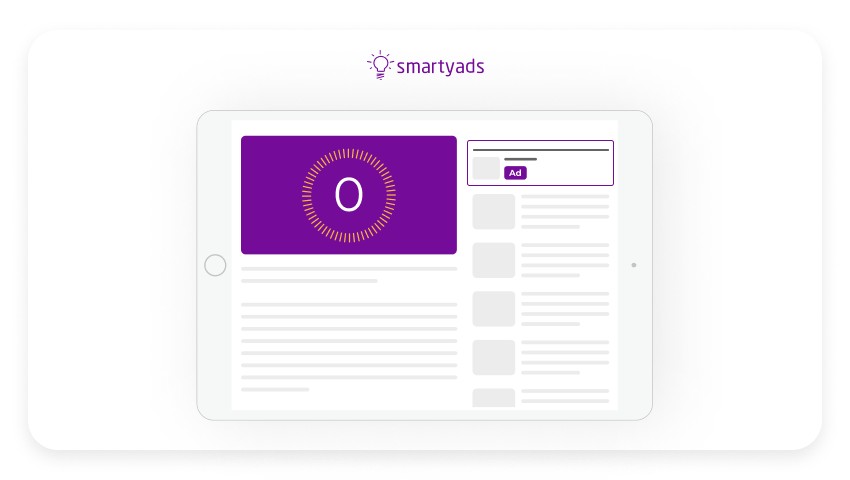
Example of the YouTube search ads you can see below:
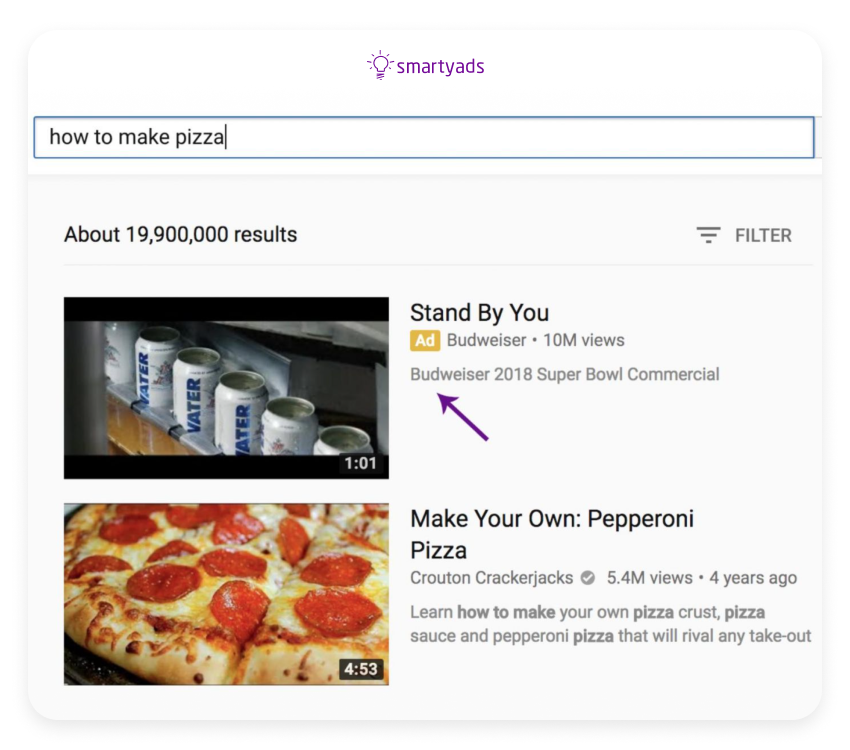
Facebook native video
The peculiarity of Facebook native videos is that they can last up to 240 minutes and be played automatically in a user's news feed or on a dedicated video tab.
Facebook native videos can also be shared, commented on, and liked by viewers and boosted with advertising to increase reach and engagement.
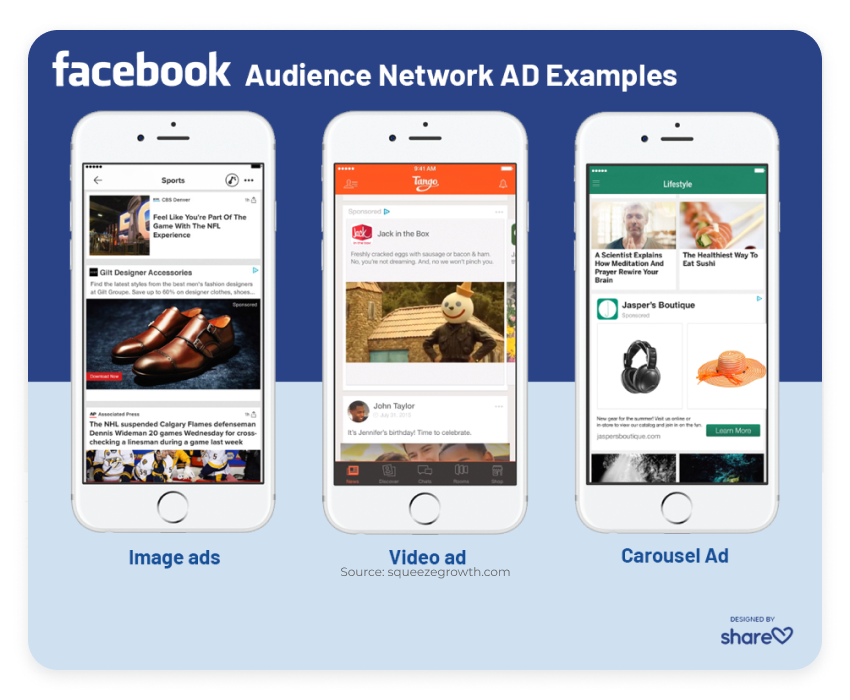
In-article ads
These videos are originally published within the body of an article or blog post, typically as sponsored material that's incorporated into existing content.
They are designed to be relevant to the article's topic and provide the reader with additional information or entertainment value.
In-game ads
These are videos that appear within a mobile game or app but not on other platforms. They are designed to be non-intrusive and engaging and are often used to promote other games or products (rewarded ads). As practice shows, users prefer rewarded video ads over in-app purchases. Also, read more about video game advertising to discover the most trending formats.
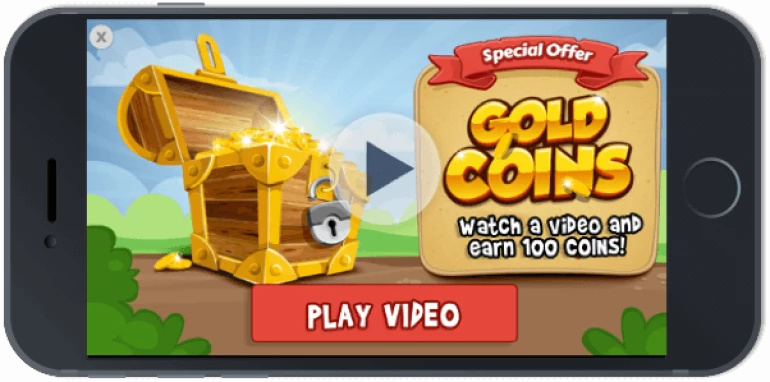
The other example is a playable ad — users just click to play and get rewards for ad-watching. In such units, brands normally involve external links that lead users to the landing page upon click.
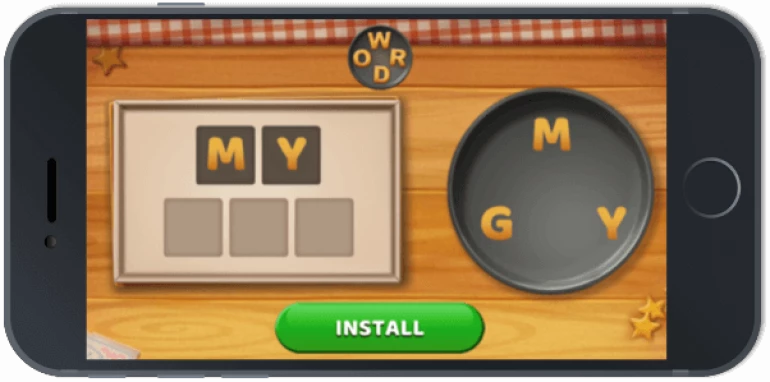
Outstream ads
These are native ad videos that are displayed outside of a video player, typically in between paragraphs of text or in a pop-up window.
They are designed to be highly visible and engaging to build brand awareness and attract the desired audience for brands. They can promote various products while serving compelling content and driving more engagement.
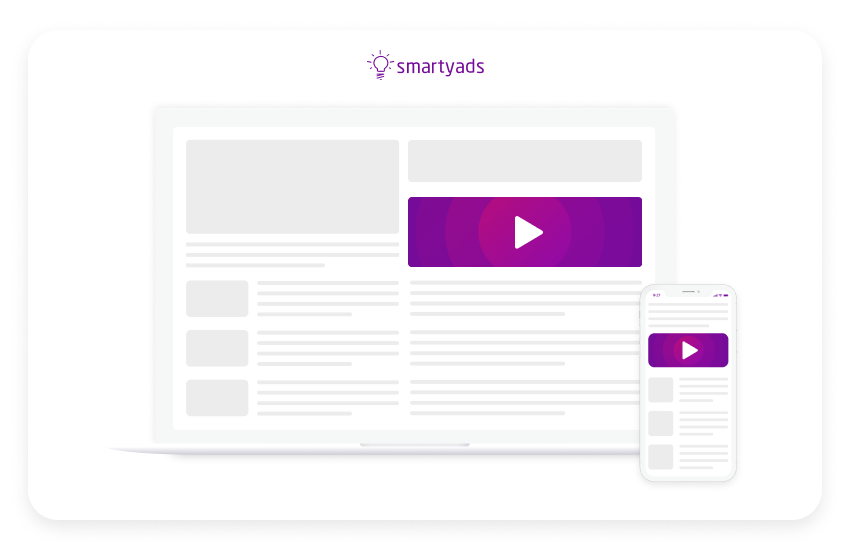
Native video ads vs pre-roll ads: what’s the difference?
.webp)
Native video ads are designed to blend with the content to appear more like a natural part of the user's experience.
These digital advertising units may appear as sponsored content within a social media feed, as a promoted article on a website, or as separate videos that integrate with other content.
Pre-roll ads, on the other hand, are video ads that play before the user can access the content they want to watch.
The examples of native advertising are very simple: if a user wants to watch a video on YouTube, they may have to watch a short advertisement before the video starts.
Another difference between the two types of ads is the level of control the viewer has over their experience. With pre-roll ads, the viewer cannot skip the advertisement and must watch it entirely before accessing the content they want to see.
With native video ads, however, the viewer can choose whether or not to engage with the content and can scroll past it if they are not interested. So they have more control.
Overall, while both native video ads and pre-roll ads are effective ways to reach audiences with video, they differ in how they are presented and how much control the viewer has over their experience. However, if you strive to get a brand lift, native videos can be more effective, according to some studies.
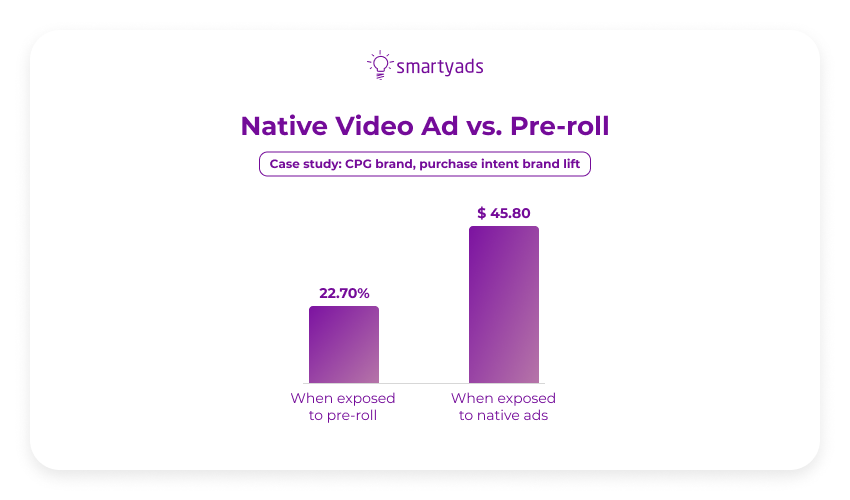
Why advertisers choose native video ads
Why do brands use native video ads so often? Let's try to find out. Then, let's review some advertising examples.
They get better reach
Native video ads can have better reach compared to traditional pre-roll ads or banner ads because they are designed to blend in with the content around them and appear more like a natural part of the user's experience.
Additionally, native video ads can be distributed through native video advertising platforms across various channels such as social media networks, websites, and mobile apps, allowing advertisers to reach a wider audience.
Native video campaigns can target specific demographics, interests, and behaviors.
They grab attention
Native ads, particularly video campaigns, often target specific demographics, interests, and behaviors, making them more relevant to the viewer. Thanks to this, a native ad is more likely to be noticed and engaged with.
They generate better engagement
Native videos are more engaging and less intrusive, leading to higher click-through rates and longer viewing times.
Studies have shown that native video ads can be more effective than traditional ads in terms of engagement and brand recall.
For example, a study by Sharethrough and Nielsen found that native video ads were more likely to be viewed to completion than pre-roll ads and were associated with higher brand lift and purchase intent.

Best examples of native video advertising
Here are some native video ad examples that effectively highlight branded messages.
Taco Bell: "Belluminati" Campaign
This humorous, conspiracy-theory style campaign promoted Taco Bell’s new $1 menu items. The video blended entertainment with product promotion, making it feel like content rather than a traditional ad, which increased viewer engagement.
BuzzFeed Tasty Videos
BuzzFeed’s viral Tasty recipe videos often feature subtle brand integrations for sponsors like Kraft, Coca-Cola, and Nestlé. These native video ads fit seamlessly into the cooking content viewers actively seek out, creating an organic connection between the brand and the audience.
Netflix: "Narcos" on Snapchat
Netflix leveraged Snapchat’s vertical video format to deliver a short, immersive ad experience promoting the second season of Narcos. The campaign effectively matched Snapchat’s native content style, driving excitement among younger, mobile-first audiences.
Airbnb: "Live There" Campaign
Airbnb’s native video ads showcased authentic travel experiences, encouraging people to “live like a local” when booking accommodations. These ads appeared across travel and lifestyle platforms, blending seamlessly with editorial storytelling.
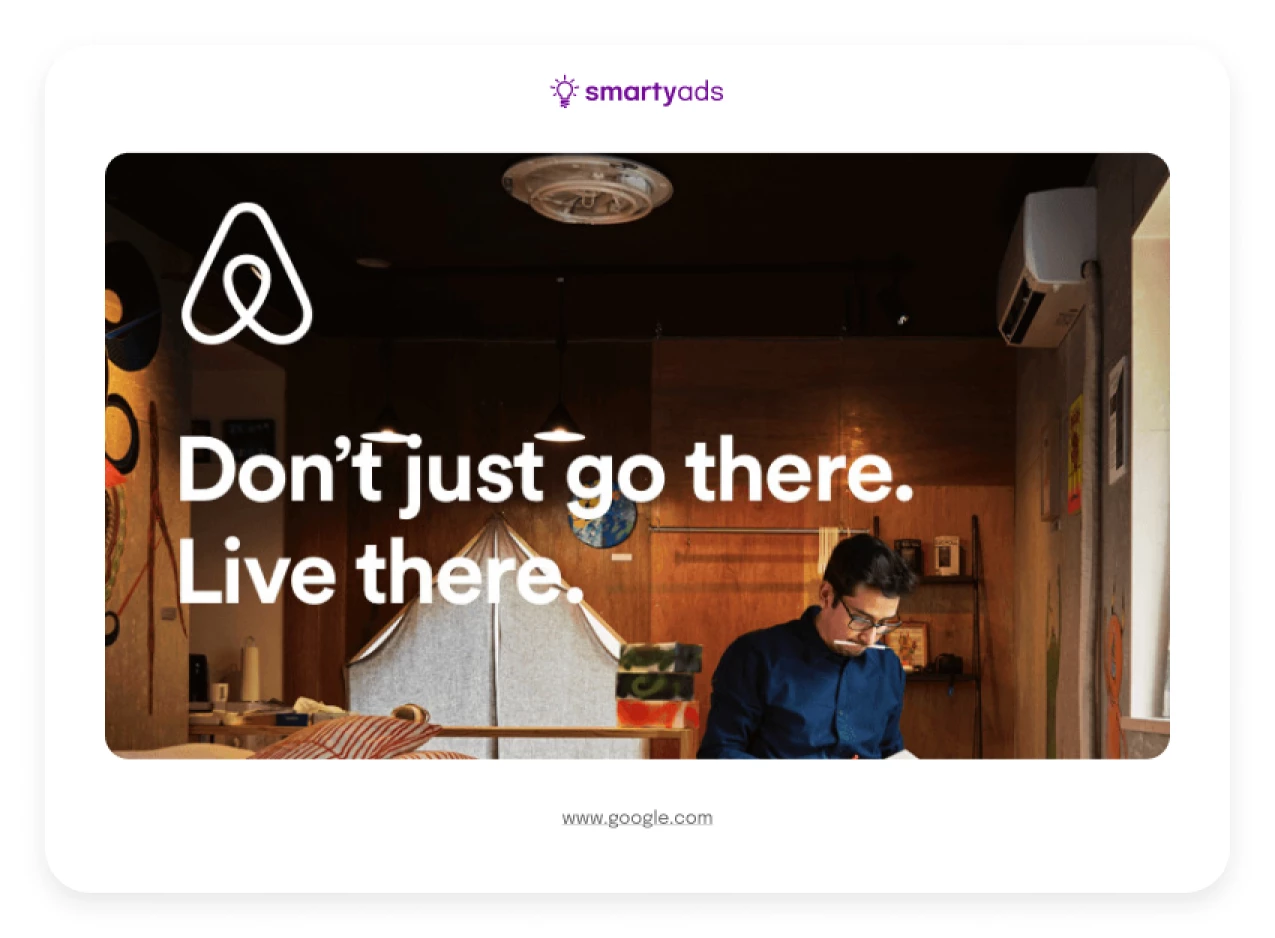
Apple: "Shot on iPhone" Series
Apple’s Shot on iPhone videos feature user-generated content showcasing the iPhone camera’s capabilities. By focusing on real stories and stunning visuals, these videos promote the product without feeling like a hard sell.
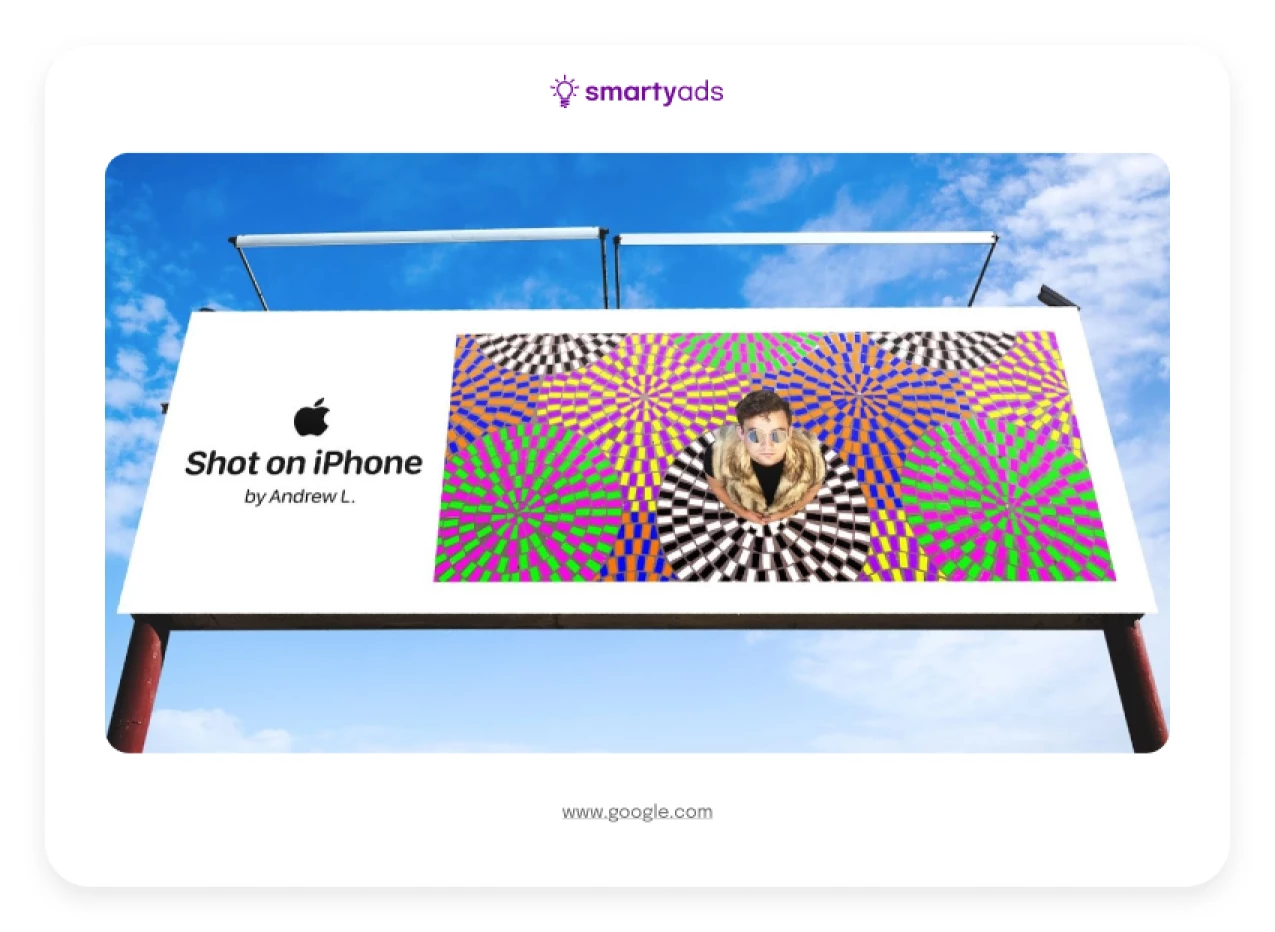
Sephora: "How-To" Beauty Tutorials
Sephora partnered with beauty influencers to create native video tutorials featuring their products. These videos fit naturally into the influencer’s regular content style, offering genuine value while subtly promoting Sephora’s offerings.
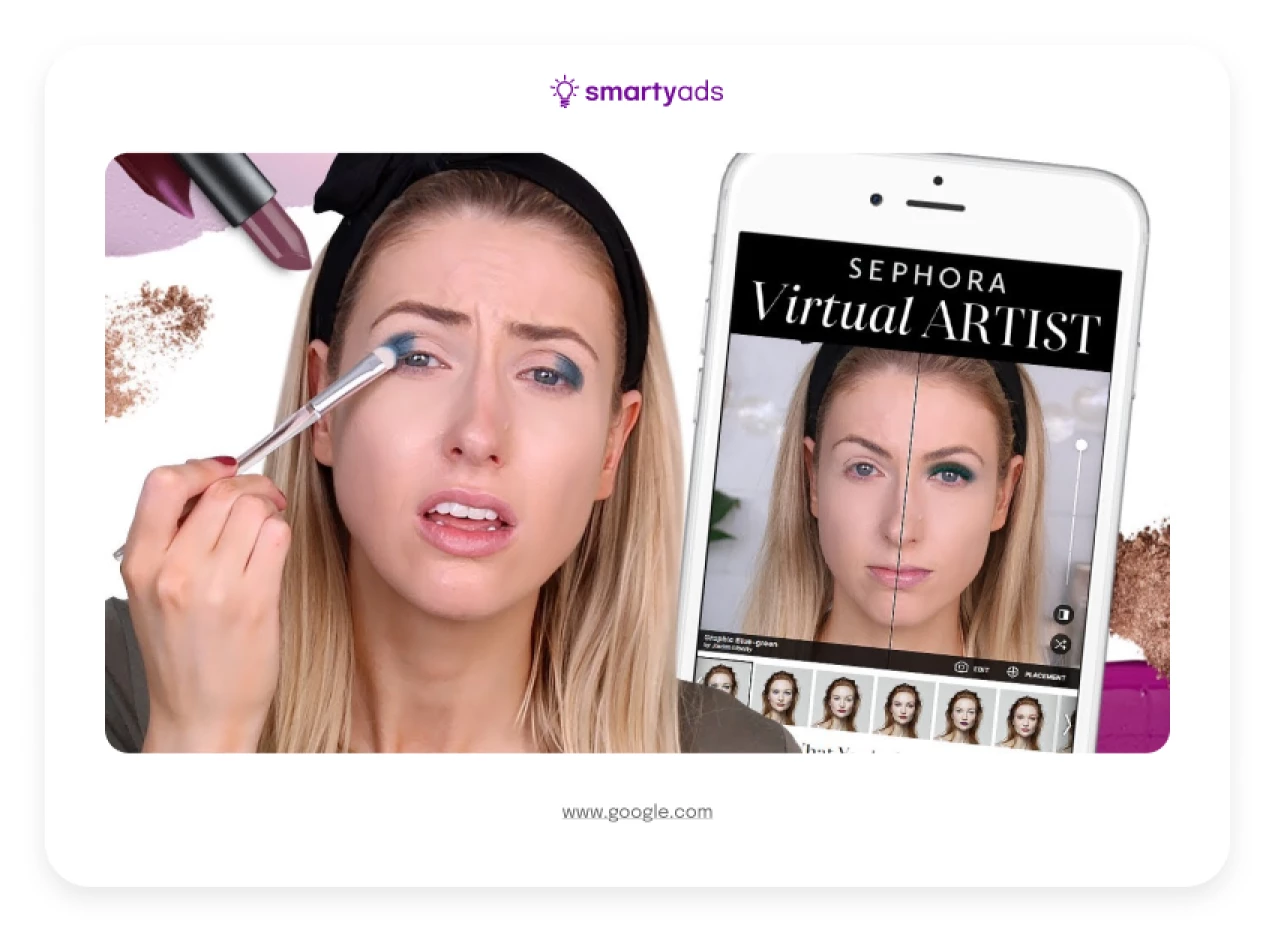
Check out more native video advertising examples.
How to create effective native video ads
Creating a great native video ad requires a combination of creativity, strategy, and execution. Here are some tips to help you create a successful native video ad:
Know your audience
Before creating a native video ad, it's important to understand your audience and what types of content they are interested in. This will help you create a video that resonates with your audience and is more likely to be shared and engaged with on social media.
Keep the video short and sweet
Native video ads should be short and to the point, typically no longer than a minute or two. This is especially important on social media platforms, where attention spans are shorter.
Make the video visually appealing
Native video ads should be visually engaging, with high-quality images, graphics, and animations. Watch for native advertising news and trends to create eye-catching visuals. As well, keep an eye on mobile native ad trends.
Tell a story
Native advertising units should tell a story that connects with online users on an emotional level. This could be through humor, drama, or inspiration.
Optimize the video for mobile
Native ads should be optimized for mobile gadgets, with vertical or square aspect ratios and subtitles for viewers who watch with the sound off.
Include a call-to-action
Make sure to include a clear call-to-action at the end of your native video ad, whether it's to visit your website, download an app, or make a purchase.
Choose the right targeting
Opt for the right targeting settings and deliver ad messages only to the relevant audiences with programmatic native capabilities.
By following these tips, you can create a great native video ad that effectively reaches your audience and drives results for your brand.
Why native video is the future of digital ads
The best practices of native video ads say that you should value the attention of web users and the viewer's experience to increase ad recall after watching the video post.
Looking at native video ads as a way of providing value to users means that brands are shifting their focus from simply promoting their products or services to creating native video content that is useful, informative, or entertaining to their target audience.
By creating native video ads that provide value to users, brands can build a stronger relationship with their audience and establish themselves as a trusted source of information or entertainment.
- Native video ads blend seamlessly into the platform’s content, matching its look, tone, and style.
- They are less intrusive than traditional formats, creating a smoother user experience.
- Higher engagement comes from relevance, storytelling, and integration into content people actively consume.
- Versatile formats work across mobile, social feeds, articles, and connected TV.
- Strong brand recall is achieved because the ads feel like part of the content rather than a disruption.
- Examples like Taco Bell’s “Belluminati,” BuzzFeed’s Tasty videos, and Netflix’s Narcos Snapchat campaign show how native video can drive interest while entertaining.
- Ideal for brand storytelling, influencer collaborations, and audience-specific campaigns.
Why native video is the future:
Native video aligns perfectly with how audiences consume content today—on mobile devices, in short bursts, and through platforms that prioritize relevance and personalization. It earns attention through value and authenticity rather than forcing it, which builds trust and encourages action.
As digital advertising continues shifting toward user-first experiences, native video’s ability to merge marketing with entertainment positions it as the dominant format of the next era.
To sum up
Native video ads works because it blends in, feels natural, and speaks to the audience in their language. When done right, it keeps people watching longer, clicking more, and remembering the brand. It’s far more engaging than standard ads or intrusive pop-ups.
With programmatic native video ads, brands can create highly targeted native campaigns that boost awareness, spark real engagement, showcase products or services, promote events, and drive measurable conversions. The result is marketing that doesn’t just get seen — it gets remembered.
Want to launch campaigns that truly connect? Register on SmartyAds DSP today and start running native video ads that bring results.

FAQ
Yes! SmartyAds supports multiple native video formats to match your campaign goals. From in-feed to in-content, we help you reach the right audience without breaking the user experience. Explore options here.
Native video ads often achieve higher engagement and better user interaction than pre-roll. With SmartyAds, you can run both to maximize reach and ROI. See how we make it work for you!
